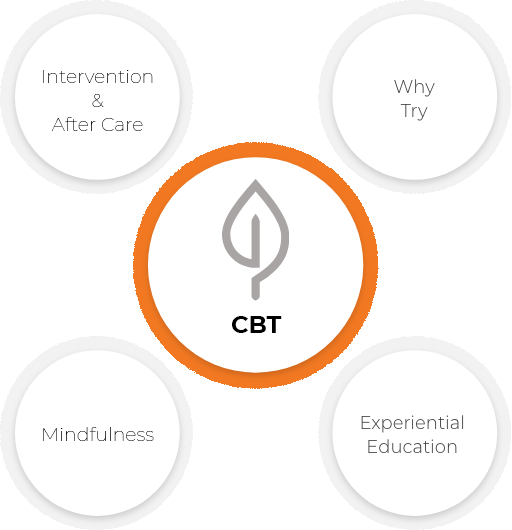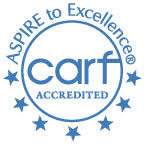About ramipril
Acholia (from Greek (Greek) a - a negative particle and chole - bile), cessation of the flow of bile into the duodenum; a symptom of certain diseases, more often of the biliary tract (blockage of the common bile duct). delayedin the liver, bile enters the bloodstream. With A., jaundice, discolored, clayey stools, bile-colored urine, skin itching, and occasionally severe brain phenomena (delusions, coma), hemorrhages in the skin and mucous membranes, and sometimes high fever are noted. Treatment: elimination of the cause A.

This article actually consists of several unrelated fragments. It is required to correct it so that it is homogeneous! You can do this with the Edit or Edit link. Acetonemic syndrome is expressed by symptoms that are provoked by a failure in metabolism. An unpleasant condition appears when ketone bodies accumulate in the blood. Acetonemic crises can often occur: dehydration, repeated vomiting, smell of acetone from the mouth, subfebrile condition, abdominal syndrome.

The disease is diagnosed on the basis of some symptoms, as well as tests - they determine ketonuria, elevated urea levels, electrolyte imbalance. In the case of an acetone crisis, it is important for the child to carry out infusion therapy as early as possible, put a cleansing enema, and put him on a diet that contains easily digestible carbohydrates.






